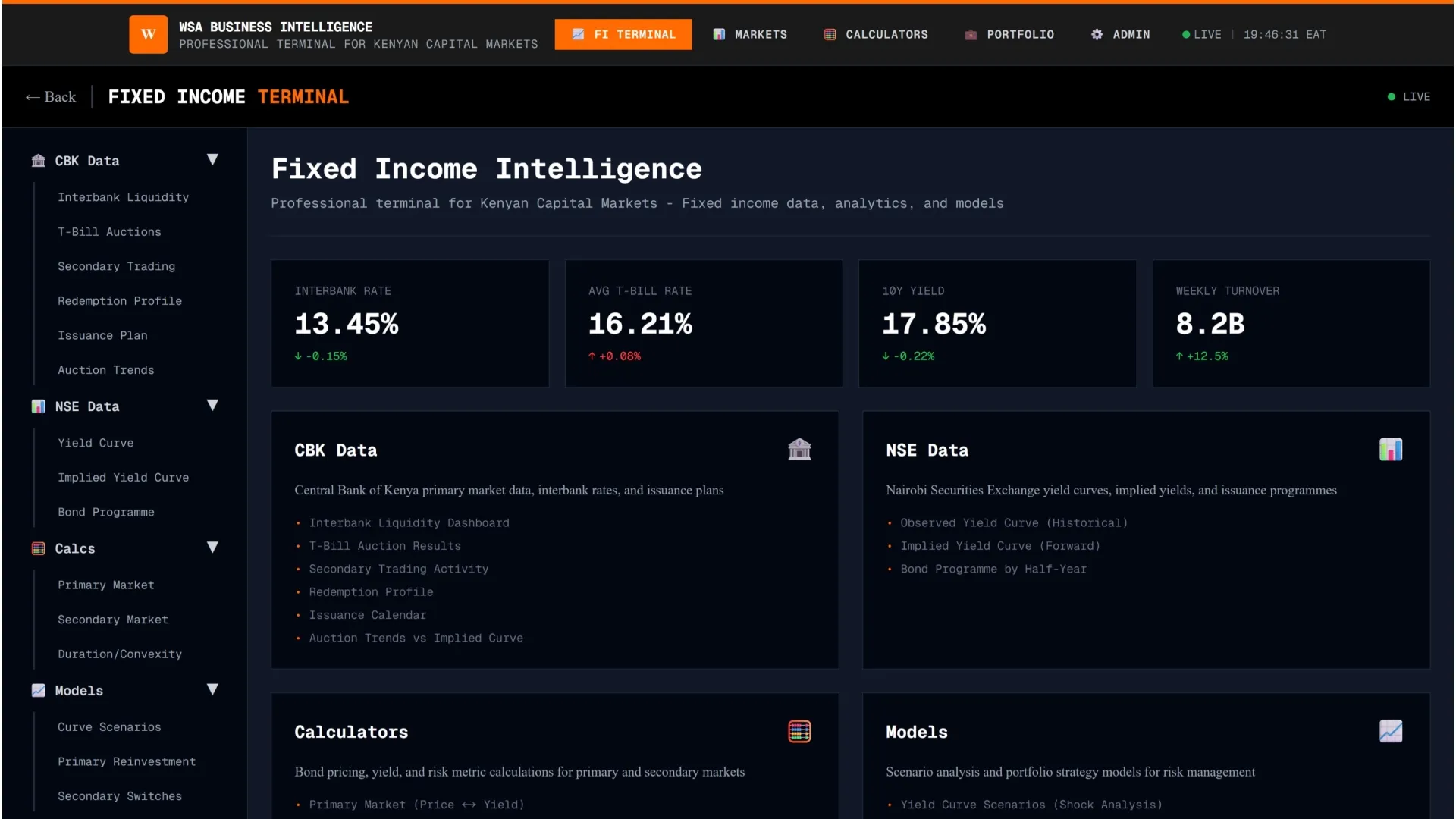The National Bank of Ethiopia (NBE) has maintained the 15% benchmark rate to temper inflation and anchor exchange rate expectations at its second Monetary Policy Committee (MPC) meeting.
- •At its inaugural meeting last December, the committee maintained the rate for the same reasons, as headline inflation at the time was 16.9%.
- •According to the MPC, the tight monetary policy stance and improvements in agricultural production have helped ease inflation, which eased to 15% in February.
- •As the shift to an interest rate-based monetary policy regime is still in progress, the MPC also kept the 18% cap on annual credit growth.
“The Committee noted that the February 2025 inflation rate of 15% marks a welcome decline since the last MPC meeting of December 2024,” the NBE said in a statement.
“While the ongoing progress in reducing inflation is encouraging, the committee noted that the inflation rate remains above the intended target of reaching single-digit inflation over the medium term,” it added.
Ethiopia’s inflation has been a major issue for years. In 2024, the country embarked on broad macroeconomic reforms, including allowing a flexible exchange rate. The NBE set the key rate at 15% in July and introduced facilities for overnight lending and overnight deposit to help banks manage liquidity.
Ethiopia’s inflation will remain elevated until 2028/29, more than two-decades after the 2005 elections triggered hyperinflation, according to IMF projections.




